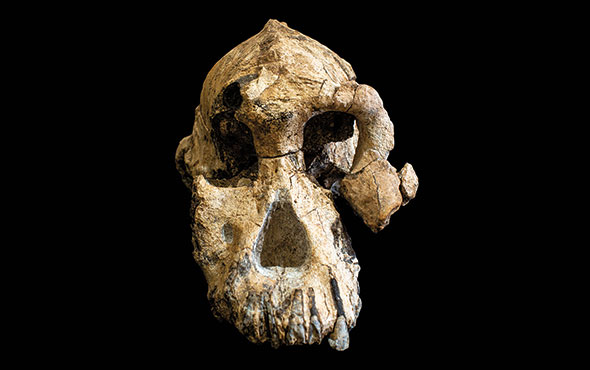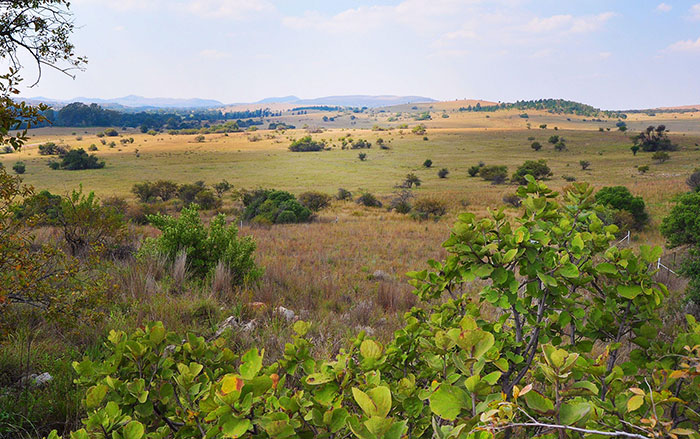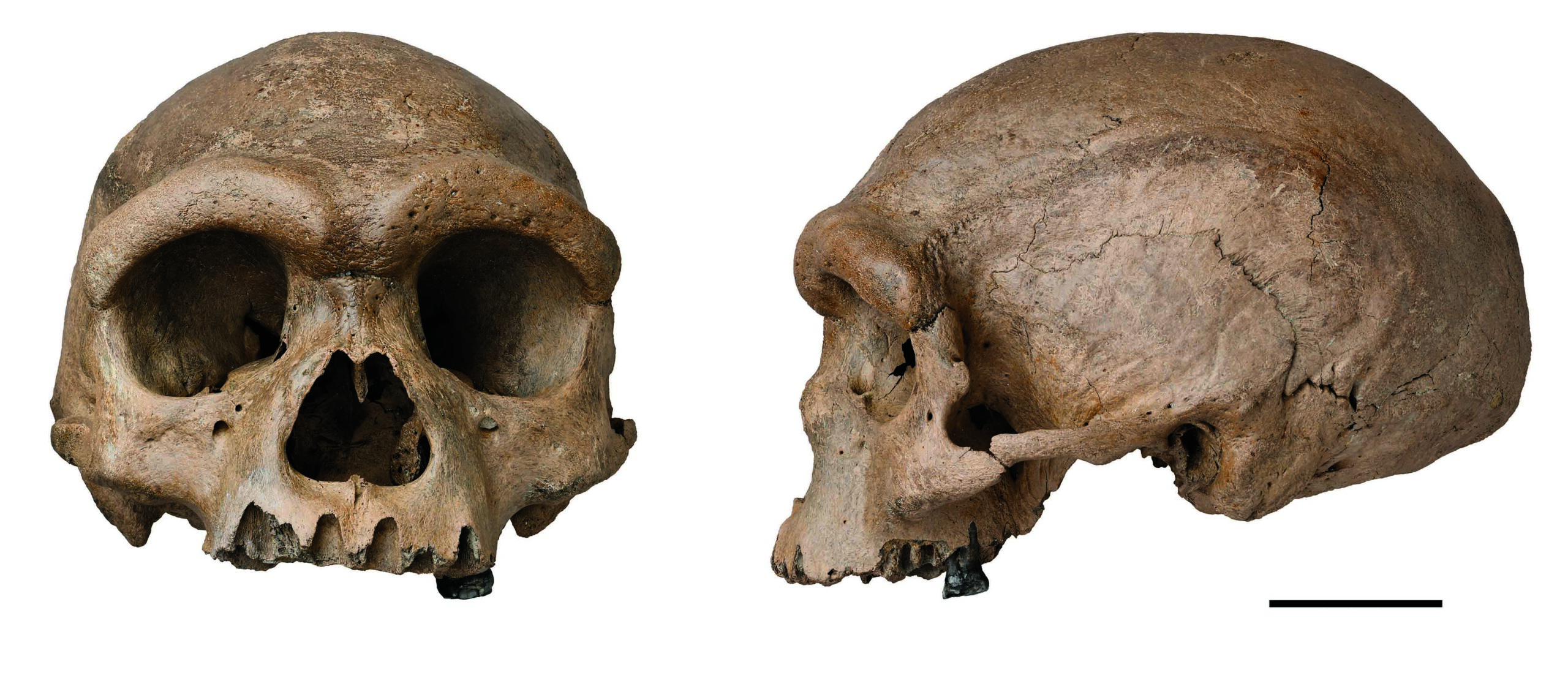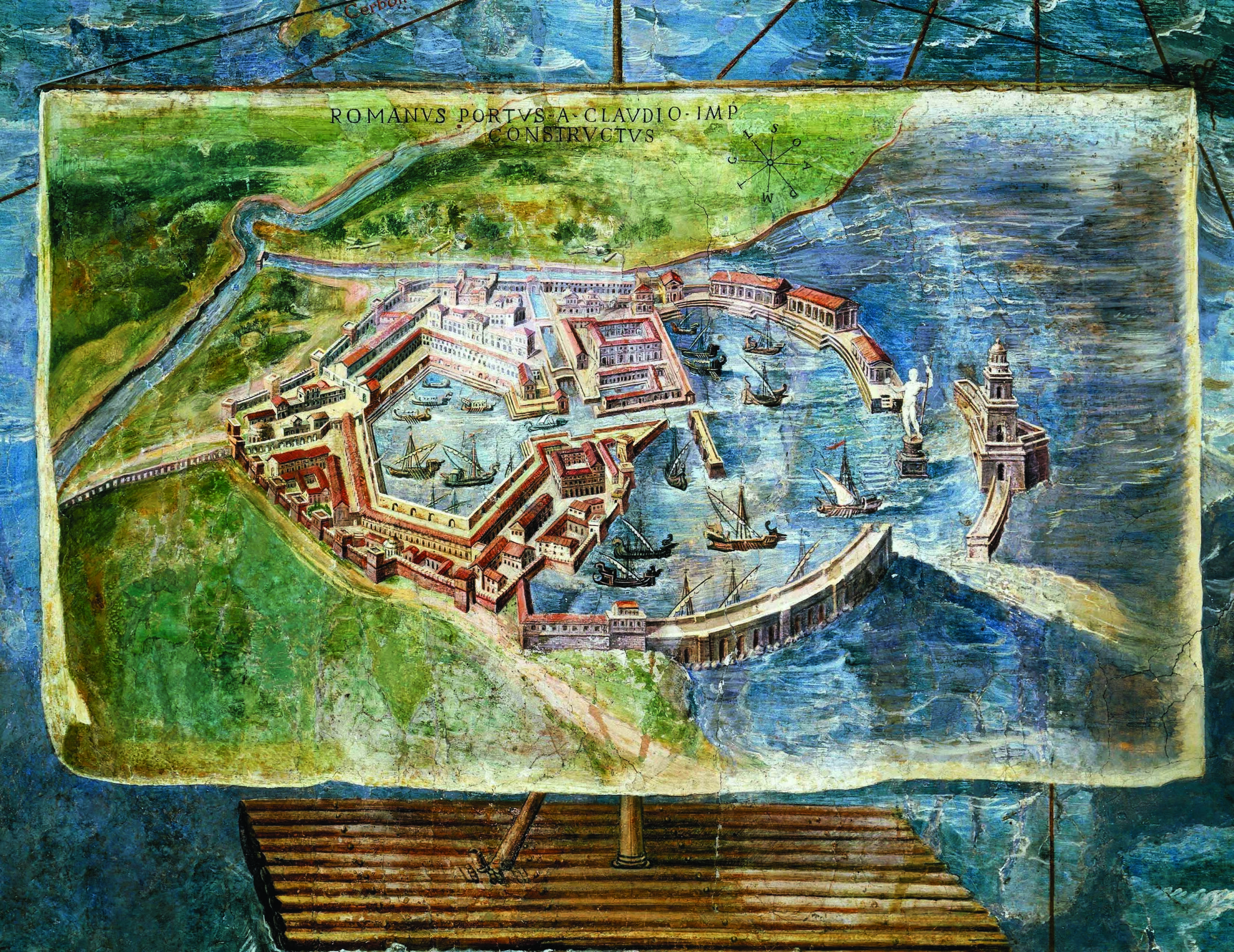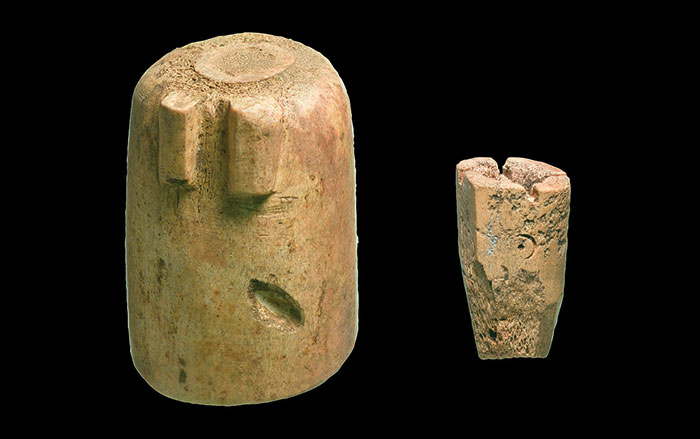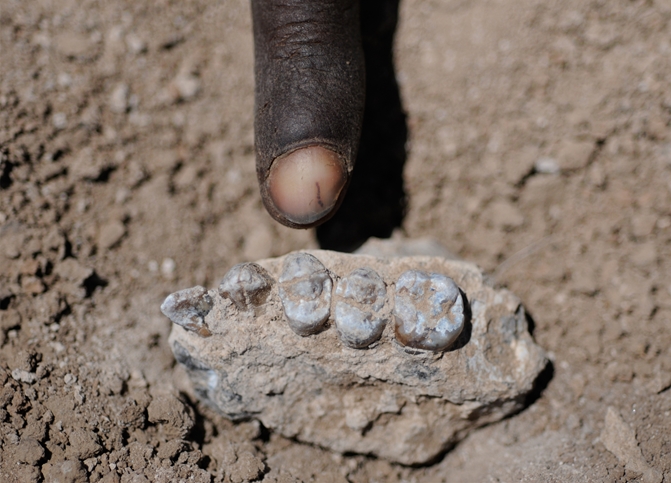
CLEVELAND, OHIO—Fossils of the upper and lower jaw of a new early human ancestor were discovered in the Woranso-Mille area of the Afar region of Ethiopia by an international team of scientists led by Yohannes Haile-Selassie of the Cleveland Museum of Natural History. The Australopithecus deyiremeda fossils are 3.3 to 3.5 million years old, overlapping with Australopithecus afarensis, who lived from 2.9 to 3.8 million years ago. Australopithecus deyiremeda differs from the famous “Lucy” fossils in the size and shape of its thick-enameled teeth and its robust lower jaws, suggesting that the two closely related species had different diets. “Current fossil evidence from the Woranso-Mille study area clearly shows that there were at least two, if not three, early human species living at the same time and in close geographic proximity,” Haile-Salassie said in a press release. The name of the new species, deyiremeda, (day-ihreme-dah) means “close relative” in the language spoken by the Afar people. To read about more recent evolutionary history, go to "Our Tangled Ancestry."


